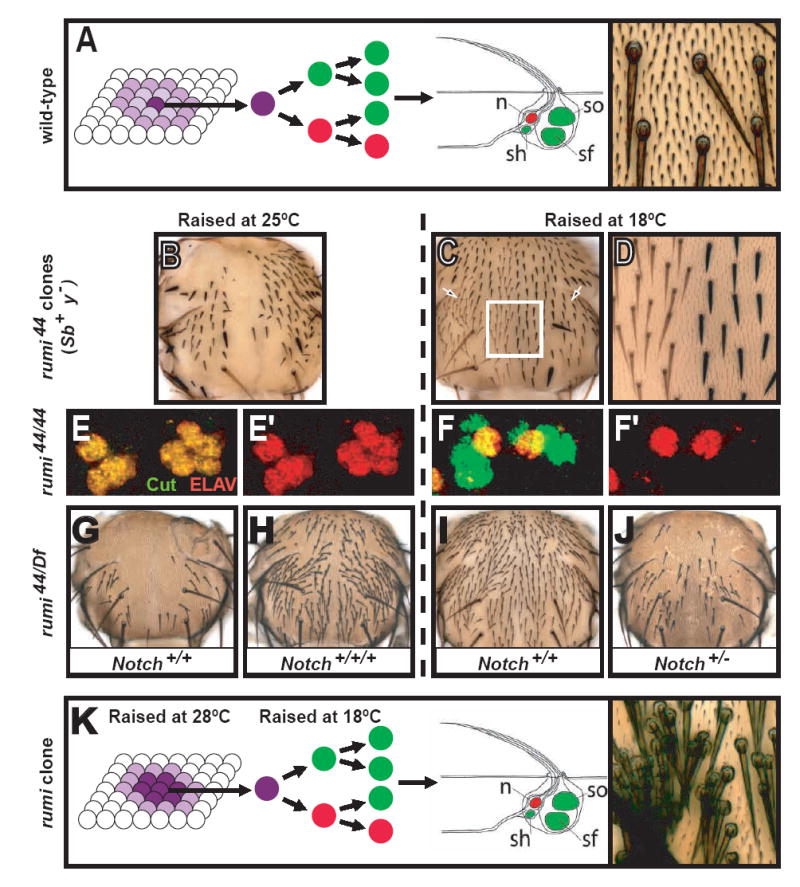Figure 1. rumi mutations cause a ts Notch phenotype.

(A) Formation of an external sensory (es) organ from a single sensory organ precursor (SOP) cell is shown. Once the SOP is specified, it undergoes a series of asymmetric cell divisions to form the sensory organ structure. Only a single neuron forms in each sensory organ (red). The right picture shows wild-type microchaetae located on the thorax. n: neuron, so: socket cell, sh: sheath cell, sf: shaft cell. Bristle schematic adapted from (Lai and Orgogozo, 2004).
(B) Bristle development is impaired in rumi clones at 25°C. Heterozygote bristles are marked with Sb and y+ markers. Note that not all bristles are lost at this temperature.
(C and D) Bristles form in a denser pattern in rumi clones raised at 18°C. Non-Sb and yellow bristles mark rumi clones (compare the regions marked by the two arrows in (C)).
(D) is a close-up of the white square.
(E-F’) Cell fate specification is impaired in the adult microchaetae lineages of rumi mutants raised at 25°C, as evidenced by presence of multiple ELAV+ cells (red) per cluster (E and E’). Note that when raised at 18°C, only one of the Cut+ cells (green) per cluster expresses ELAV (F and F’).
(G-J) Genetic interaction between Notch and rumi.
(G) Hemizygous rumi44 flies that eclose at 25°C lose most of their microchaetae. (H) Adding an extra copy of Notch rescues many of the lost bristles (Compare G and H).
(I) At 18°C, rumi mutant flies do not exhibit a significant bristle loss.
(J) Flies heterozygous for Notch and hemizygous for rumi44, however, lose many bristles at 18°C (Compare I and J).
(K) Tufts of bristles form in rumi mutant clones in flies that are kept at 28°C during SOP specification and at 18°C during asymmetric cell divisions, indicating an important role for rumi during lateral inhibition.
